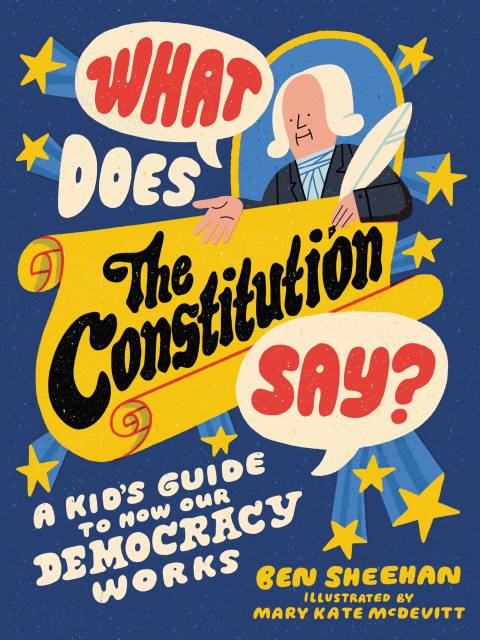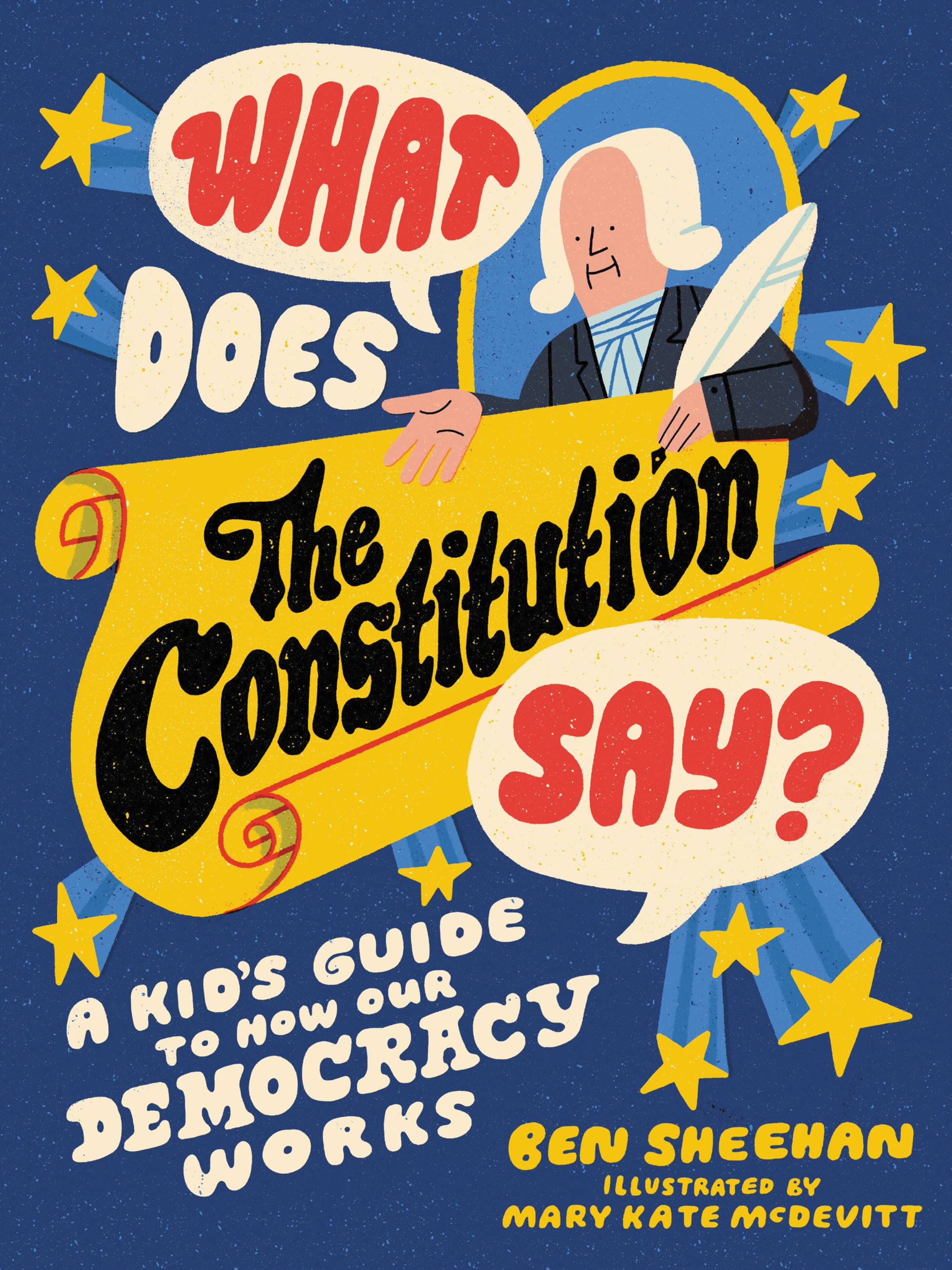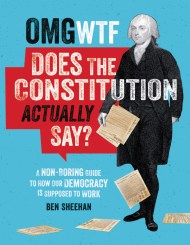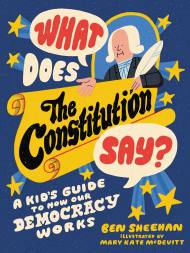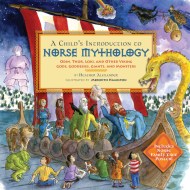Promotion
Use code MOM24 for 20% off site wide + free shipping over $45
What Does the Constitution Say?
A Kid's Guide to How Our Democracy Works
Contributors
By Ben Sheehan
Illustrated by Mary Kate McDevitt
Formats and Prices
Price
$19.99Price
$24.99 CADFormat
This item is a preorder. Your payment method will be charged immediately, and the product is expected to ship on or around September 28, 2021. This date is subject to change due to shipping delays beyond our control.
Also available from:
If you’ve never read the Constitution, let this guidebook help you! Featuring fun facts, cool illustrations, and even hilarious jokes, What Does the Constitution Say? will help you understand how our American government really works.
Written more than 230 years ago, the Constitution can be hard to understand (even for adults). But it also gives you what you need to make our country the best it can be for everyone. What Does the Constitution Say? takes you on a tour of the whole Constitution while explaining what its fancy words really mean. From the Preamble to the 7 Articles to the 27 Amendments (so far), this fun-to-read guide is packed with bite-sized info, historic quotes, and graphics on important topics such as:
- Why the Constitution is a “living document”
- How the first attempt at a constitution (the Articles of Confederation) failed
- What powers the president does (and doesn’t) have
- Key figures like James Madison, Alexander Hamilton, and George Washington
- A bonus section on the Declaration of Independence
- And much more!
Genre:
- On Sale
- Sep 28, 2021
- Page Count
- 176 pages
- Publisher
- Black Dog & Leventhal
- ISBN-13
- 9780762498475
Newsletter Signup
By clicking ‘Sign Up,’ I acknowledge that I have read and agree to Hachette Book Group’s Privacy Policy and Terms of Use
